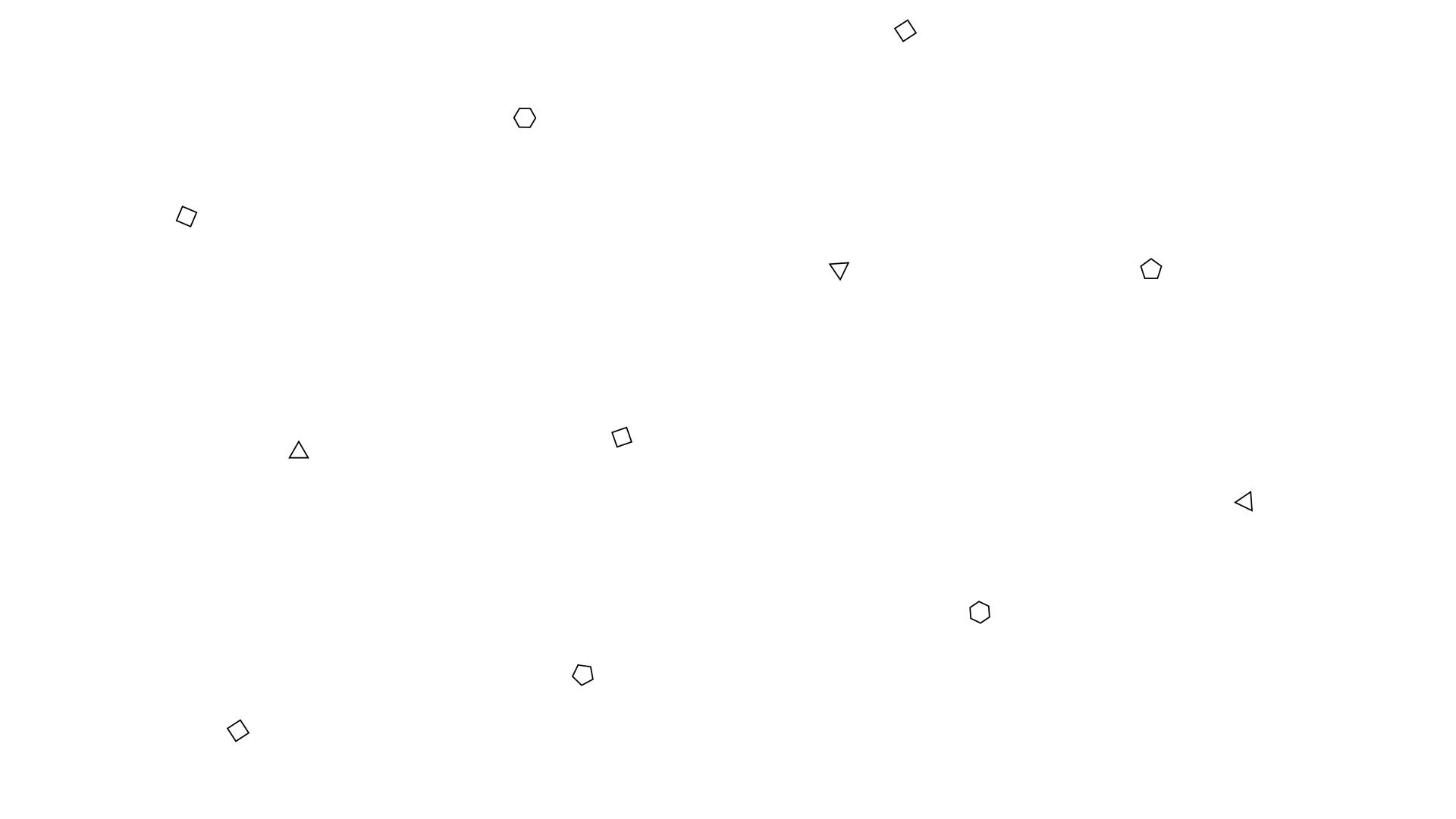
Scenario Performance
Once upon a time, in the year 2015 to be exact, FPSP Australia, developed a new Future Problem Solving Component known as Scenario Performance, or as we in the business like to say, storytelling. Storytelling, you say? Great galaxies! What in the universe has storytelling got to do with Future Problem Solving? Well, I'm about to tell you.
The above could be the actual opening lines to an entry of the newest FPSPI component! Scenario Performance (ScP) allows students to tap into alternative learning modalities within FPS competition, creating an opportunity for students to participate who are looking for a change of venue in FPS. It could be especially exciting for students looking to further hone skills applicable to public speaking, performance, and forensics!
Here's how it works!
-
Scenario Performance is about storytelling, as opposed to story writing. Individual students choose one of the FPS annual topics as a basis for their ideas to create a story outline that has been developed in a creative and entertaining manner by the students prior to the performance.
-
The story is not written out in full (in contrast to scenario writing) because it will be told, not read. Spontaneity is the order of the day! While a predetermined number of cue cards is allowed, props and costumes are not.
-
Stories should be between 4-5 minutes in duration and should be set at least 20 years in the future.
-
Submission will take the form of a video file of the student delivering an oral performance of their story, undertaken in one take without any edits.
-
While Virginia's program uses video format for submissions, Scenario Performance competition at the International Conference is a live storytelling event with an audience.
The competition is open to all three divisions:
Grades 4 - 6 (Junior)
Grades 7 - 9 (Middle)
Grades 10 - 12 (Senior)
The first place winner from each division may be invited to the International Conference, subject to quality.
